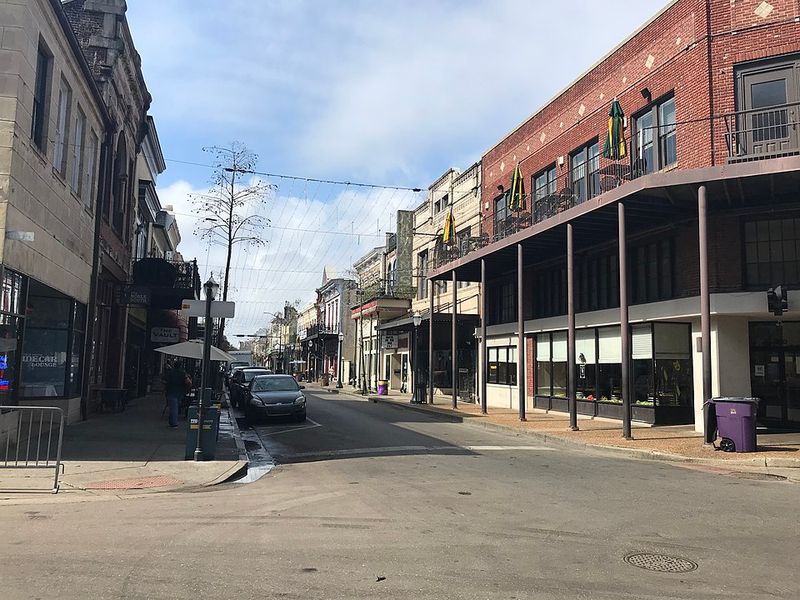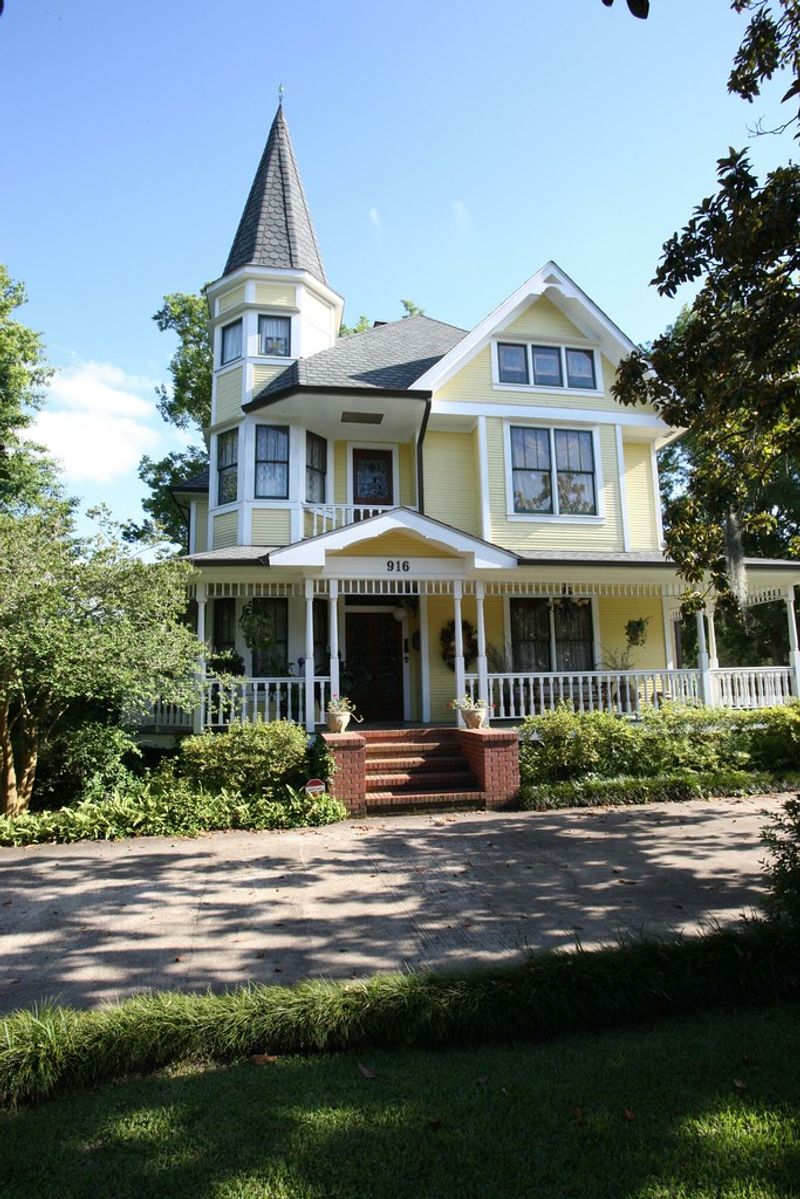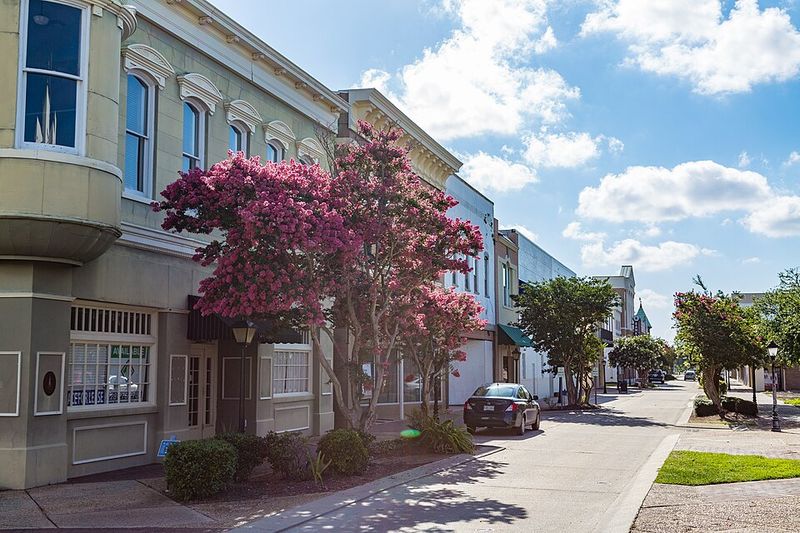Craving the sultry romance of wrought-iron balconies, intimate courtyards, and jazz drifting into warm night air—but not in New Orleans? Across the country, pockets of French-inflected architecture and culture echo the Quarter’s soul in fresh, surprising ways. From waterfront promenades to brick-lined alleys where café tables spill into the street, these districts offer sensory-rich strolls and soulful nights. Explore eight places where European elegance, Southern warmth, and timeless revelry meet—no Bourbon Street required.
Charleston, South Carolina – Historic Waterfront Quarter

In Charleston’s Old City, the French Quarter whispers of colonial roots along cobblestones glinting by the harbor. Pastel stucco façades wear intricate ironwork like jewelry, framing jasmine-scented courtyards shaded by magnolias. Galleries and intimate wine bars lend a cultivated hush by day, while soft jazz and murmured conversation ripple at night. Near Waterfront Park, sea breezes mingle with candlelit tables, creating an atmosphere equally Southern and European. It’s a neighborhood that invites lingering—ambling from art to oysters—where history feels alive in every balcony and brick, and twilight turns the streets into a living watercolor, saturated with romance.
San Francisco, California – Belden Place Alley

Belden Place compresses a European boulevard into a single, lively alley, its brick underfoot and string lights overhead. Tables spill into the lane as servers ferry escargot and moules-frites past clinking glasses and quick conversation. Aromas of garlic butter, espresso, and sizzling seafood drift between French and Spanish façades. On summer evenings, it blossoms into a convivial salon, a West Coast echo of New Orleans’ intimate side streets. The mood is cosmopolitan yet cozy—umbrellas crowding together, laughter ricocheting off second-story shutters—inviting you to linger over a kir royale and pretend Paris and the Quarter are only steps away.
Mobile, Alabama – Lower Dauphin Street (LoDa) District

Mobile’s LoDa district hums with heritage, its French street names and iron balconies recalling the city’s colonial past. Red-brick façades frame music-filled doorways, where guitars mingle with brass and laughter under oak canopies. Cafés, galleries, and cocktail dens animate the sidewalks, while festivals and parades roll with a rhythm older than New Orleans’ own Mardi Gras. The architecture may be stately, but the spirit is playful—color-splashed murals, balcony beads, and dance steps measured in syncopation. LoDa feels like a living salon, merging Gulf breezes with old-world charm, where every corner suggests another story—and another tune—still unfolding.
Natchitoches, Louisiana – Cane River Creole Town

Natchitoches distills French Quarter allure into a serene riverside tableau. Front Street’s wrought-iron balconies overlook the Cane River, where cypress reflections shimmer beside red-brick sidewalks. Creole cottages shelter antique shops and cafés serving pralines and chicory coffee, encouraging unhurried wandering. Founded in 1714, the town wears its age with grace—festoon lights, pastel shutters, and porch swings that creak like whispered history. Festivals sparkle, but everyday life feels celebratory, too: church bells, a breeze off the water, a nod from a shopkeeper. It’s a gentler rhythm of Louisiana—romance without rush, tradition without pretense, charm in every footstep.
Charpentier Historic District, Lake Charles, Louisiana

In Lake Charles, the Charpentier Historic District showcases woodwork as lyrical as filigreed iron. Grand Victorians and Creole cottages line leafy streets, their gables and galleries adorned with handcrafted detail. It’s a neighborhood that celebrates artisanship—porches, brackets, and balustrades composing a symphony of curves and shadows. Between architectural gems, galleries and the Mardi Gras Museum nod to a culture of pageantry. The mood is unhurried, almost secretive, like a prelude to a party whispered from veranda to veranda. You feel a refined cousin of the French Quarter here—elegant, quiet, and steeped in Louisiana’s lingering grace.
St. Louis, Missouri – Soulard Historic District

Soulard wears its French lineage in brick and brass. Red-brick townhouses stack along narrow streets, corner pubs glow, and the open-air market brims with produce and chatter. During Mardi Gras, parades churn past wrought-iron flourishes while drumlines and brass bands ignite the night. Even off-season, jazz nights and patio beers keep the pulse steady. The district balances grit and grace—a convivial tangle of stoops, strings of beads, and aromatic barbecue smoke. It’s a Midwest answer to the Quarter’s revelry, where heritage is lived loudly, music curls from doorways, and the past keeps time with the present.
Biloxi, Mississippi – Downtown and French Colonial Sites

Biloxi’s downtown offers a coastal riff on French Quarter warmth. Along the waterfront, seafood aromas mingle with salt air as cafés and colorful cottages nod to French colonial roots dating to 1699. Festivals light up the streets, and during Mardi Gras, the city leans into its Gulf Coast swagger—brass, beads, and broad smiles. Between museum stops and beach strolls, discover cozy courtyards and balcony-shadowed lanes. The vibe is breezy and convivial, less crowded than its Louisiana cousin but charged with similar joy. Here, culture sounds like seagulls and saxophone, and evenings end with sunsets painted in oyster-shell hues.
St. Augustine, Florida – Old City District

St. Augustine’s Old City blends Spanish bones with French Quarter spirit. Narrow lanes curve past coquina walls and lantern-lit courtyards, where palms brush wrought-iron balconies above pastel stucco. Music drifts from plazas—sometimes jazz, sometimes flamenco—mixing with the clink of glasses and ocean breeze. Centuries of history soften into romance at dusk, when shadows pool beneath archways and conversation lingers. Cafés, wine bars, and hidden gardens create intimate pockets of charm. It’s Old World at sea level, Southern in its welcome, European in its cadence—an enchanting echo of the Quarter, filtered through Florida light and Atlantic salt.

